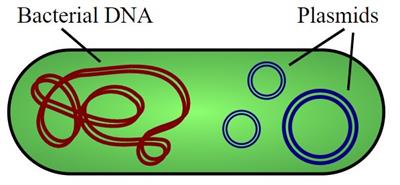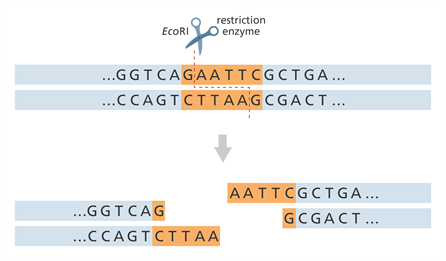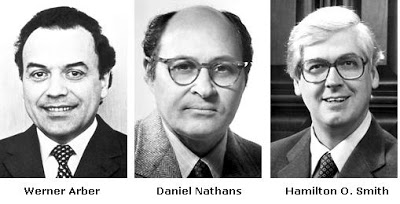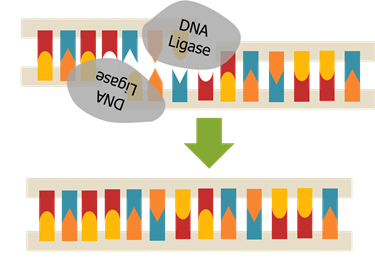
PUMPA - SMART LEARNING
எங்கள் ஆசிரியர்களுடன் 1-ஆன்-1 ஆலோசனை நேரத்தைப் பெறுங்கள். டாப்பர் ஆவதற்கு நாங்கள் பயிற்சி அளிப்போம்
Book Free DemoIn this theory, let us see genetic engineering and the techniques involved in genetic engineering.
Genetic engineering is the manipulating and transferring genes from one organism to another to create a new DNA called recombinant DNA (rDNA).
The DNA from two different sources can be ligated or joined together, and hence called recombinant. Thus, genetic engineering is also called recombinant DNA technology.
Genetic engineering involves techniques to alter the nature of genetic material and introduce them into the host organism to change the host's phenotype.
Important!
In the year 1972, Paul Berg introduced a gene of SV-40 into a bacteria with the help of lambda phage. He is thus considered the "Father of genetic engineering" and was awarded the Nobel prize in chemistry in the year 1980.

Professor Paul Berg
A video on what is genetic engineering:
Tools in Genetic Engineering:
Genetic engineering is based on three critical discoveries in bacteria. They were the stepping stones of rDNA technology that led to genetic engineering. They include:
- Presence of plasmids in bacteria
- Restriction enzymes
- DNA ligases
1. Plasmid:
Plasmids are small circular double-stranded DNA molecules present in the cytoplasm of a bacterial cell, which is separated from the chromosomal DNA. They can undergo replication independently or along with the chromosomal DNA.

Plasmid
2. Restriction enzyme:
Restriction enzymes recognise a specific base pair sequence (palindromic sequence) in DNA called the restriction site and cleaves the phosphodiester bond within DNA.

Restriction enzymes
Important!
In 1978, Werner Arber, Daniel Nathan, and Hamilton O Smithwere jointly awarded the Nobel prize for discovering restriction enzymes and their application to molecular genetics.

3. DNA ligase:
DNA ligases are enzymes that help in the ligation or joining of broken DNA fragments. They are also called joining or sealing enzymes. They help seal the gaps in DNA fragments and thus acts as molecular glues. The enzyme used mainly in rDNA technology is the T4 DNA ligase from the T_4 bacteriophage.

DNA ligase action
Reference:
https://youtu.be/3IsQ92KiBwM
https://commons.wikimedia.org/wiki/File:Plasmid_(english).svg
https://www.flickr.com/photos/yourgenome/26915997776
https://upload.wikimedia.org/wikipedia/commons/f/f4/Heather_Tsai_DNA_Ligase.png
https://www.flickr.com/photos/40390680@N08/5333938079
https://commons.wikimedia.org/wiki/File:Paul_Berg_HD2008_t55_long_view.JPG